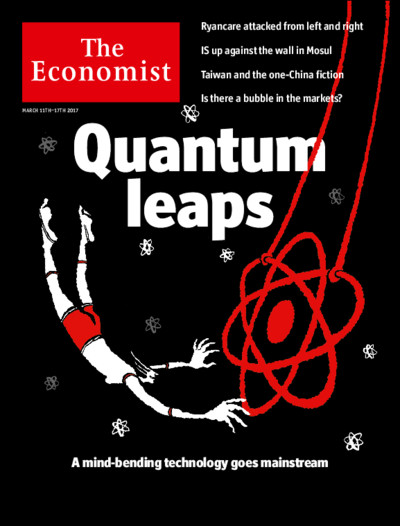My colleagues Metin Çakır, Hikaru Hanawa Peterson and I, along with our doctoral students Lindsey Novak (who will be joining the faculty of Colby College this summer) and Jeta Rudi (who has joined the faculty at Cal Poly San Luis Obispo since we started working on this) have a new working paper on food waste.
In that paper, we propose a new definition of food waste–one that avoids value judgments and that has the merit of not counting the productive uses of food (e.g., composting, feeding animals, etc.) as “waste.” On that basis, we argue that most food waste definitions vastly overestimate the extent of the problem.
Moreover, because most food waste is valued at retail prices when, in fact, food often gets wasted well before the retail stage, we also argue that most definitions of food waste overestimate the price per unit of the food that is wasted. Since the value of food waste multiplies those two overstated quantities, it is obvious that reported values are even more overstated.
Here is the abstract of our new paper:
